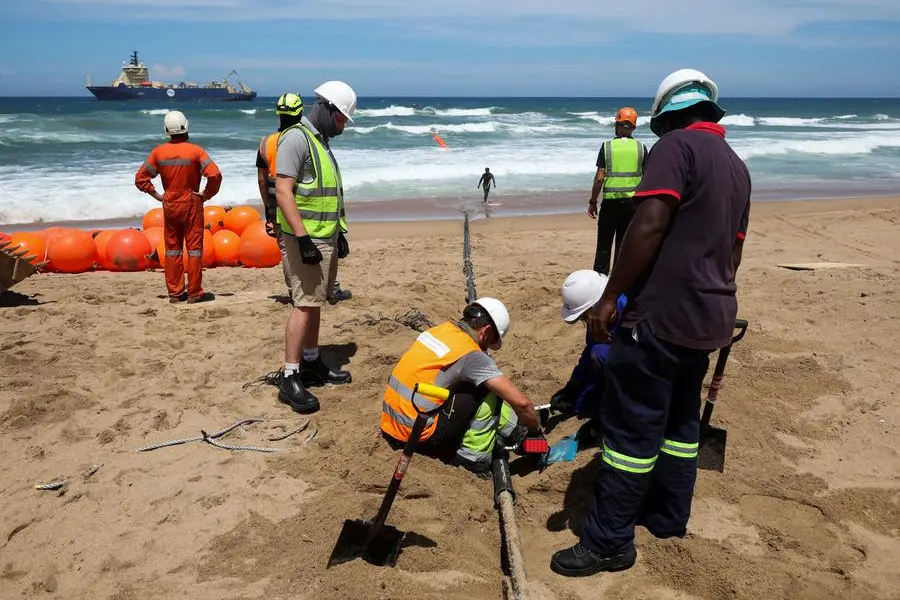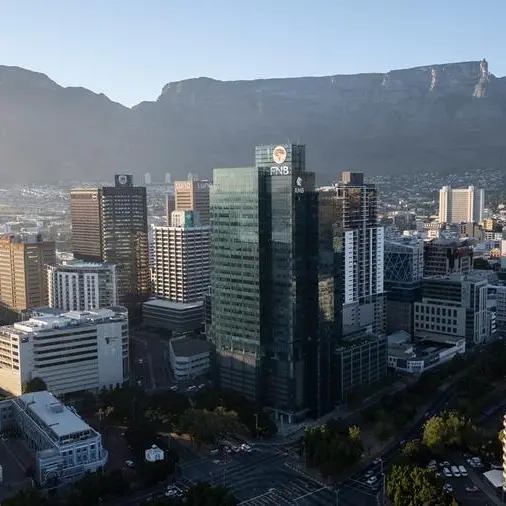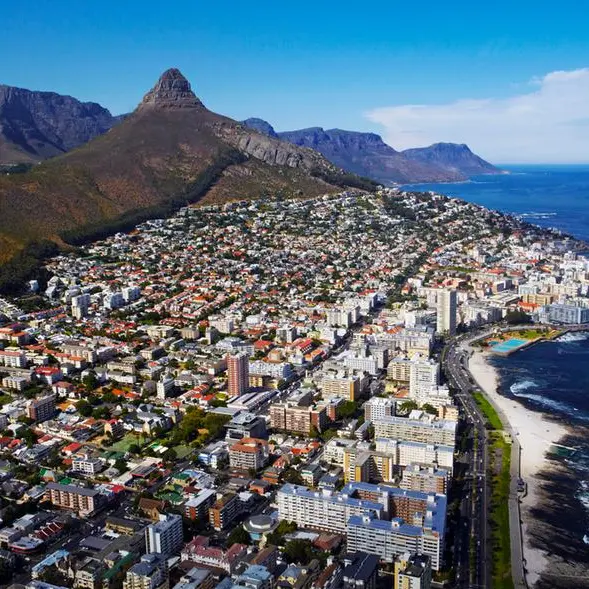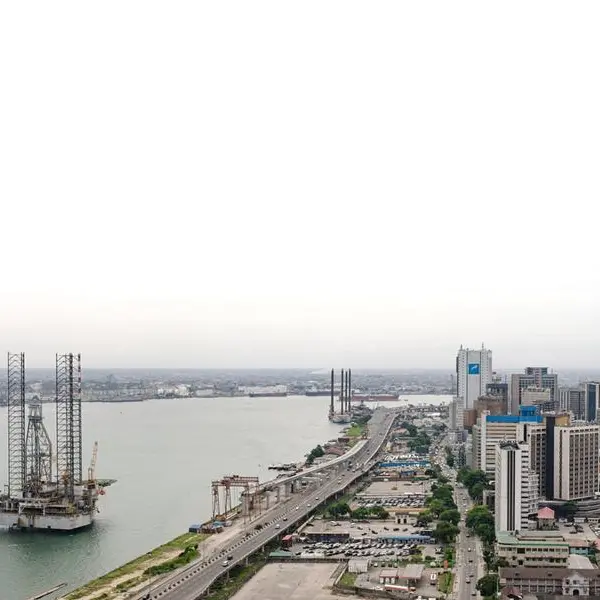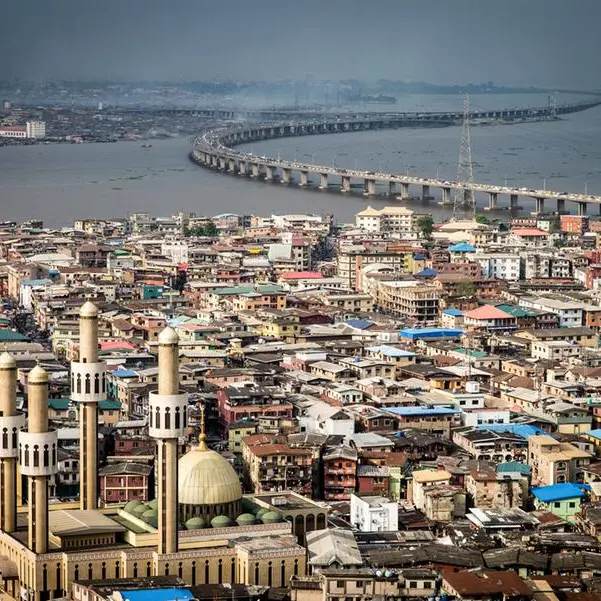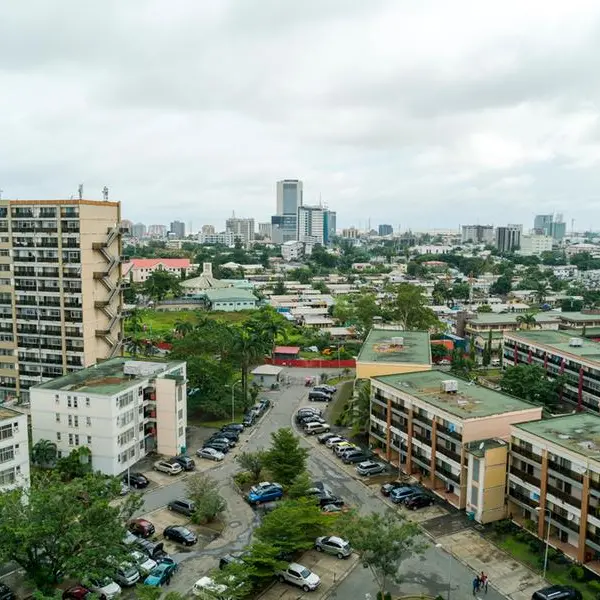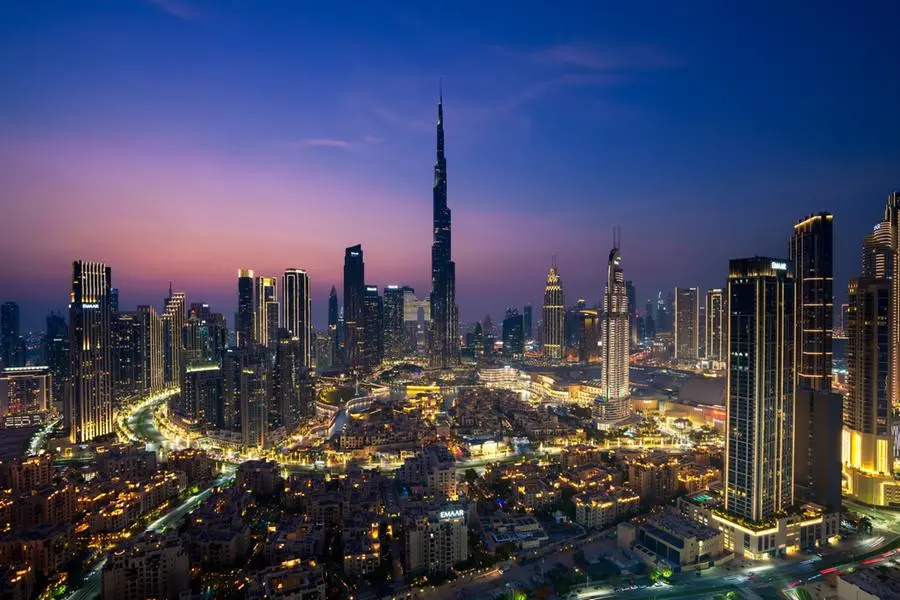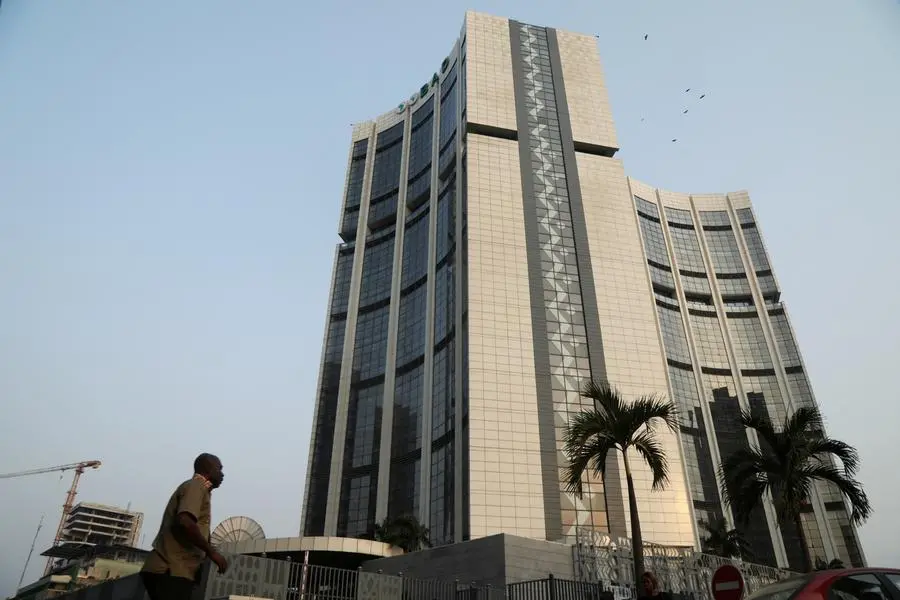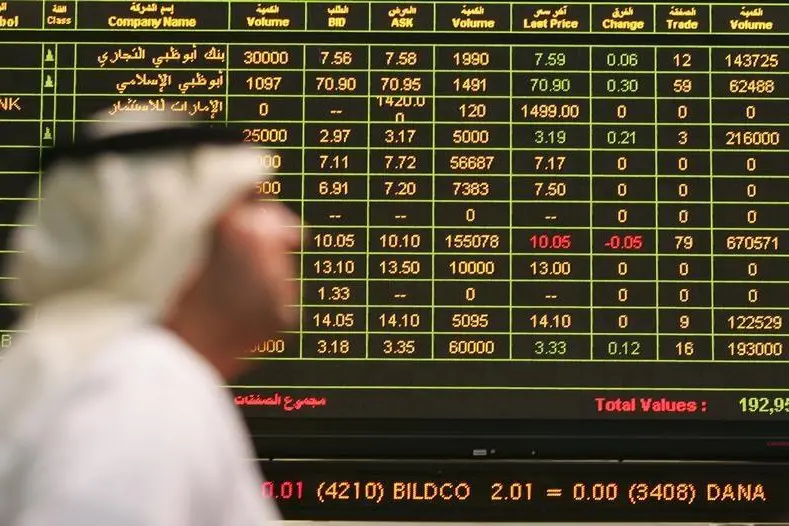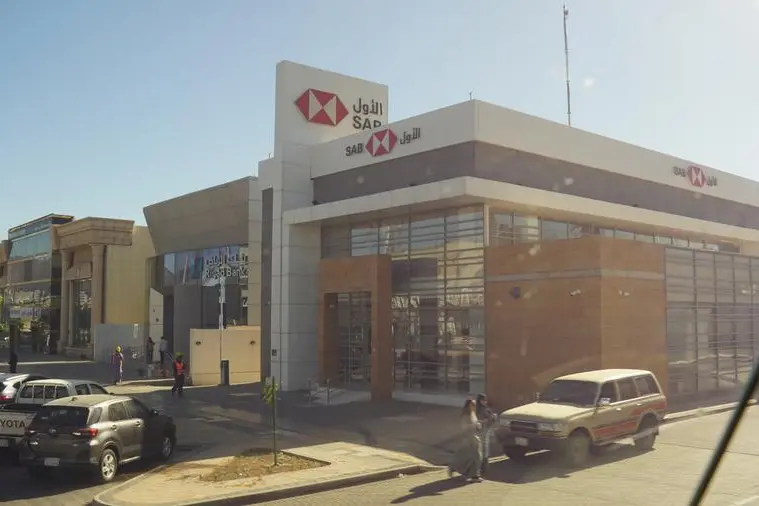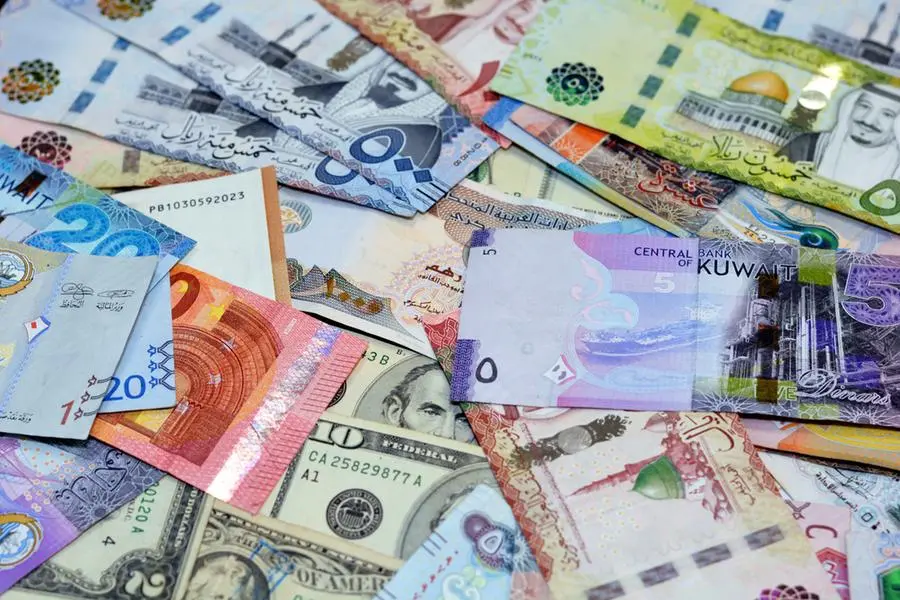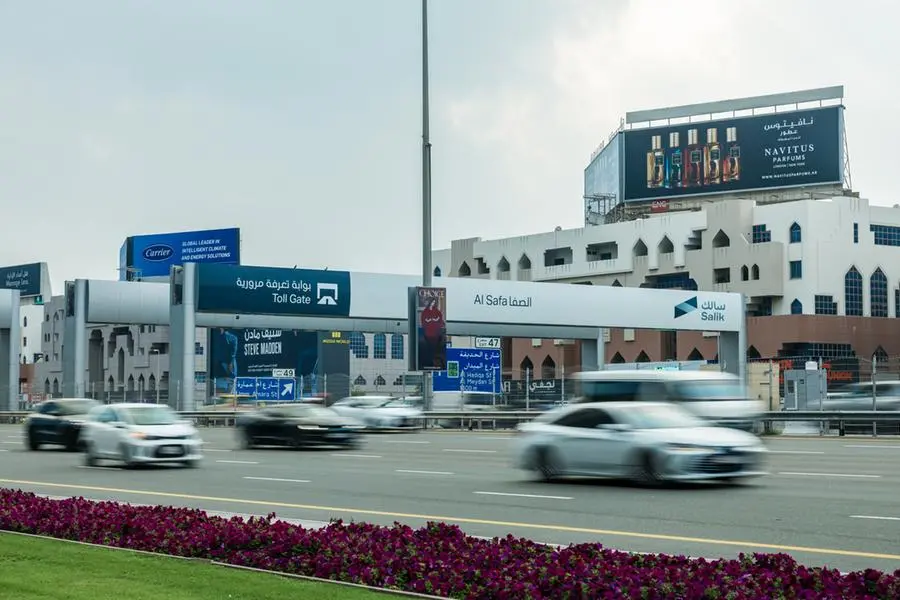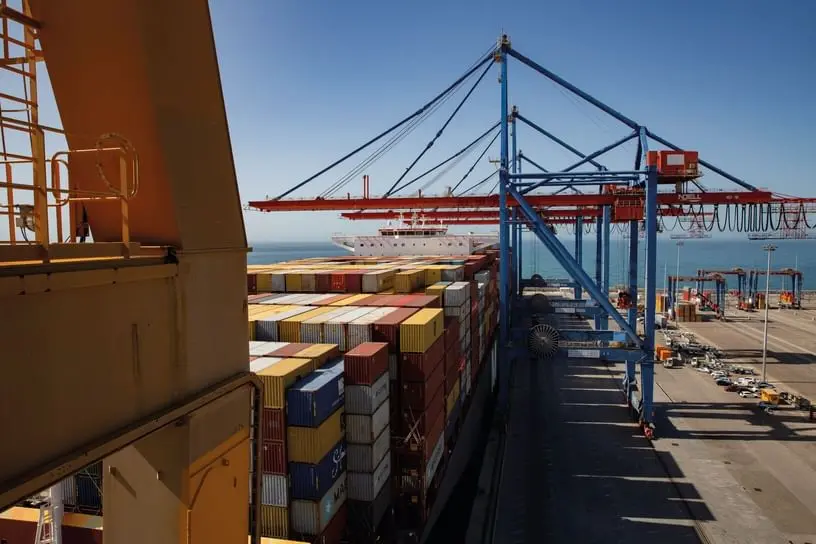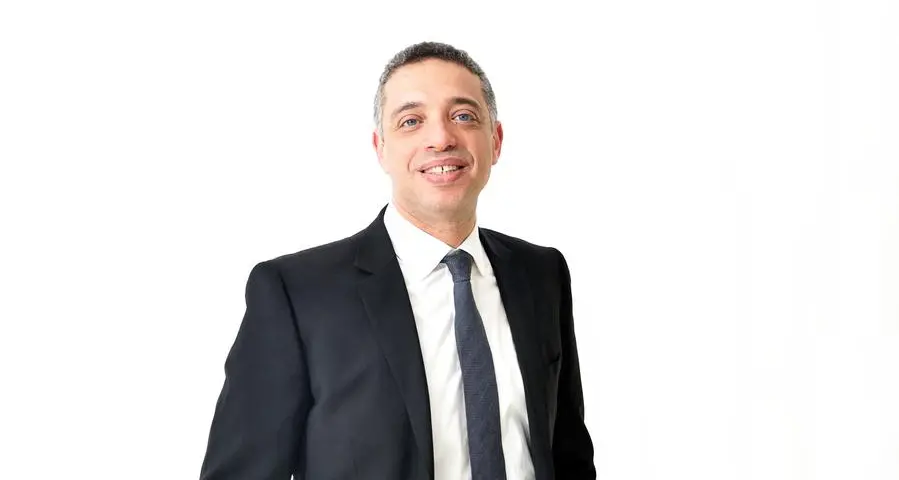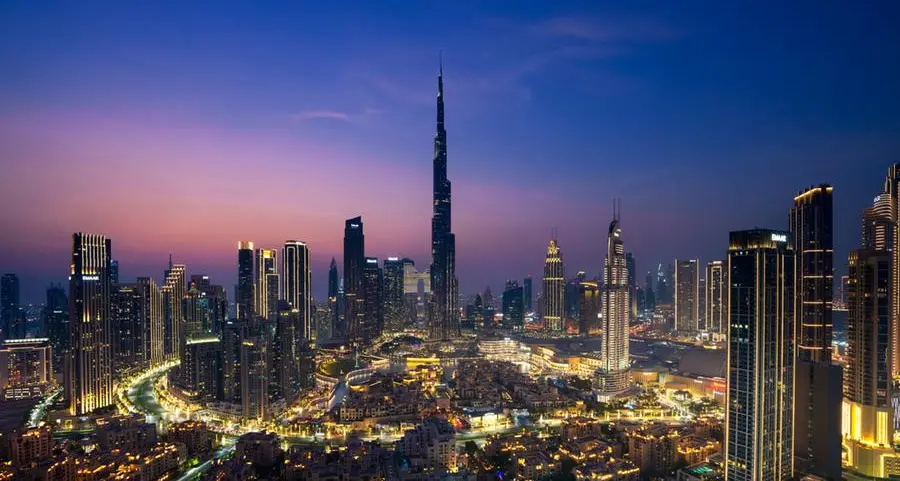PHOTO
FILE PHOTO: Workers install the 2Africa undersea cable on the beach in Amanzimtoti, South Africa, February 7, 2023. REUTERS/Rogan Ward/File Photo
African governments should give fibre optic cables greater protection from attacks and harmonize policies around layouts to encourage the development of tech infrastructure, a Google executive said on Thursday.
Charles Murito, Google's head of government relations and public policy in Africa, wants fibre classified as critical infrastructure, giving the terrestrial and subsea cables that underpin the continent's communications more protection.
Damage caused by criminal syndicates seeking to steal batteries and generators from tower base stations and dig up fibre optic cables has increased significantly in recent years, creating extra costs for network infrastructure providers.
"When you classify that as a critical investment, then that ensures that if people maliciously damage that investment, then there are stringent repercussions," Murito said in an interview on the sidelines of the Africa Tech conference.
Google has invested in intercontinental subsea cables such as Equiano, which connects Africa with Europe, and in May announced a new subsea cable project called Umoja, the first direct fibre optic route between Africa and Australia.
The industry and telecom bosses say improved protections for fibre infrastructure and mobile towers would offer reassurance to investors considering setting up businesses on the continent.
In his engagements with governments, Murito has also proposed more sharing of cable infrastructure among internet service providers to lower data costs and more "harmonization" across countries in how the cables are laid.
Another hindrance to fibre expansion across the continent, in which mobile internet penetration was just 27% last year, is the variety of rules around permissions granted to telecom and tech companies to install, maintain, and upgrade infrastructure.
In South Africa, the government and regulator have urged police to arrest the perpetrators of damage and said laws need to be updated to take new technologies into account, but have yet to propose a new classification for fibre optic cables.
(Reporting by Nqobile Dludla; editing by Philippa Fletcher)
